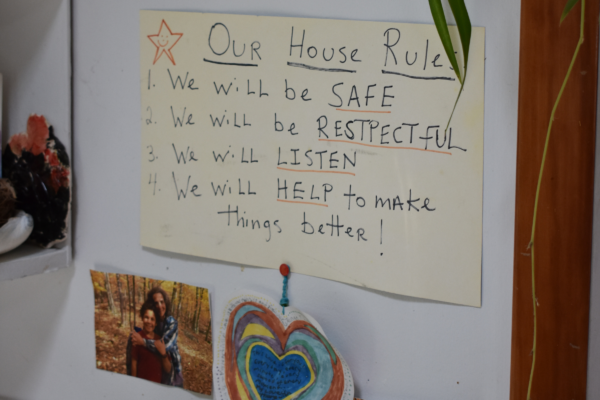Cathy Austrian o/b/o J.A. v. City of Burlington
- Filed: 01/30/2024
- Status: Filed
- Latest Update: Jan 30, 2024

Stay Informed
Sign up to be the first to hear about how to take action.
By completing this form, I agree to receive occasional emails per the terms of the ACLU’s privacy statement.
By completing this form, I agree to receive occasional emails per the terms of the ACLU’s privacy statement.


